-
Learning Theories
Learning Theories apply to the development of the student in the classroom through a wide range of teaching methods. Teachers play a critical role in utilizing theories to help students experience developmental growth in the areas of academic, social, and emotional skills. In this way learning is student centered and geared toward fostering a positive classroom environment that is mindful of best practices.
Dale Edgar's Cone of Experience is based on the idea of building from concrete to abstract concepts using multisensory and meaningful learning experiences. The experiences in each stage can be mixed and are interrelated. But, a balance must be achieved between concrete and abstract experiences to address all of the learner's needs in all the domains of development.
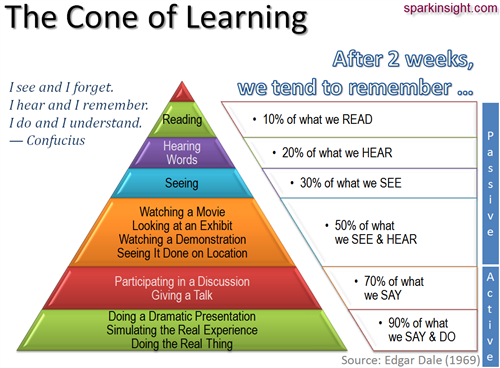
Bruner's Spiral Curriculum: Learning should be revisited and built upon. The Spiral Curriculum suggests that:
-
Students should revisit a topic multiple times throughout their educational careers.
-
The complexity of the topic should increase each time it is revisited.
-
New information builds upon old information, emphasizing the importance of having a strong learning foundation.
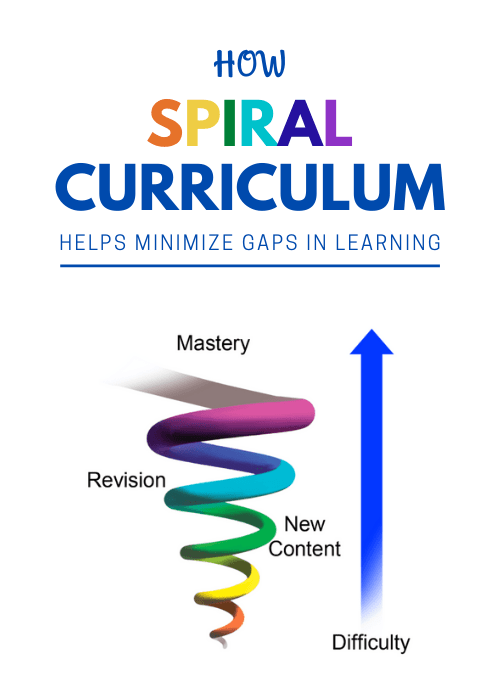
Kolb's Experiential Learning: Experience is critical in the development of knowledge construction, as learning occurs through discovery and active participation
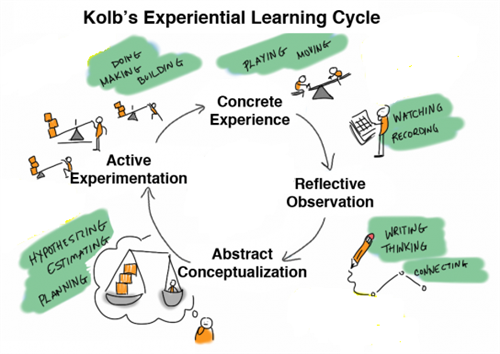
Vygotsky's Zone of Proximal Development: This theory of learning links the difference between the student's current level of development and the potential level of development. A student is able to reach their learning goal by completing problem-solving tasks with their teacher or engaging with more competent peers. As a student leaves his zone of current development, he travels through the zone of proximal development towards his learning goal.
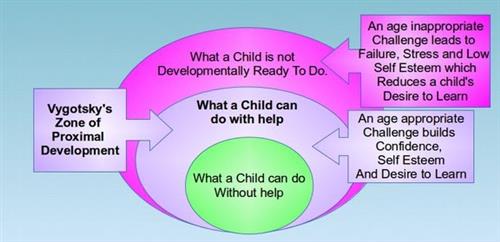
Bandura's Social Learning Theory: This theory explains human behavior in terms of a continuous reciprocal interaction between cognitive, behavioral, and environmental determinants. This theory applies to the application of new skills in different areas including academic, behavioral, and social. Examples of skills could include responding positively to challenges, solving a math problem, learning how to organize writing, or even playing a sport.
In approaching the behavior or skill learners are encouraged to:
-
Observe and imitate the behaviors/skill sets of others
-
see positive behaviors/skills modeled and practiced
-
increase their own capability and confidence to implement new skills
-
gain positive attitudes about implementing new skills, and
-
experience support from their environment in order to use their new skills
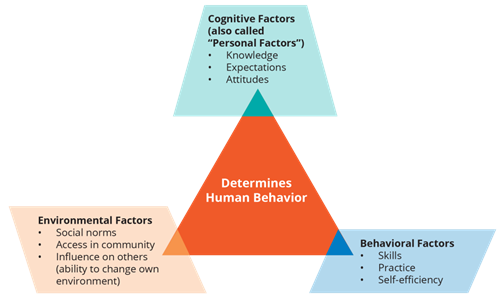
-

